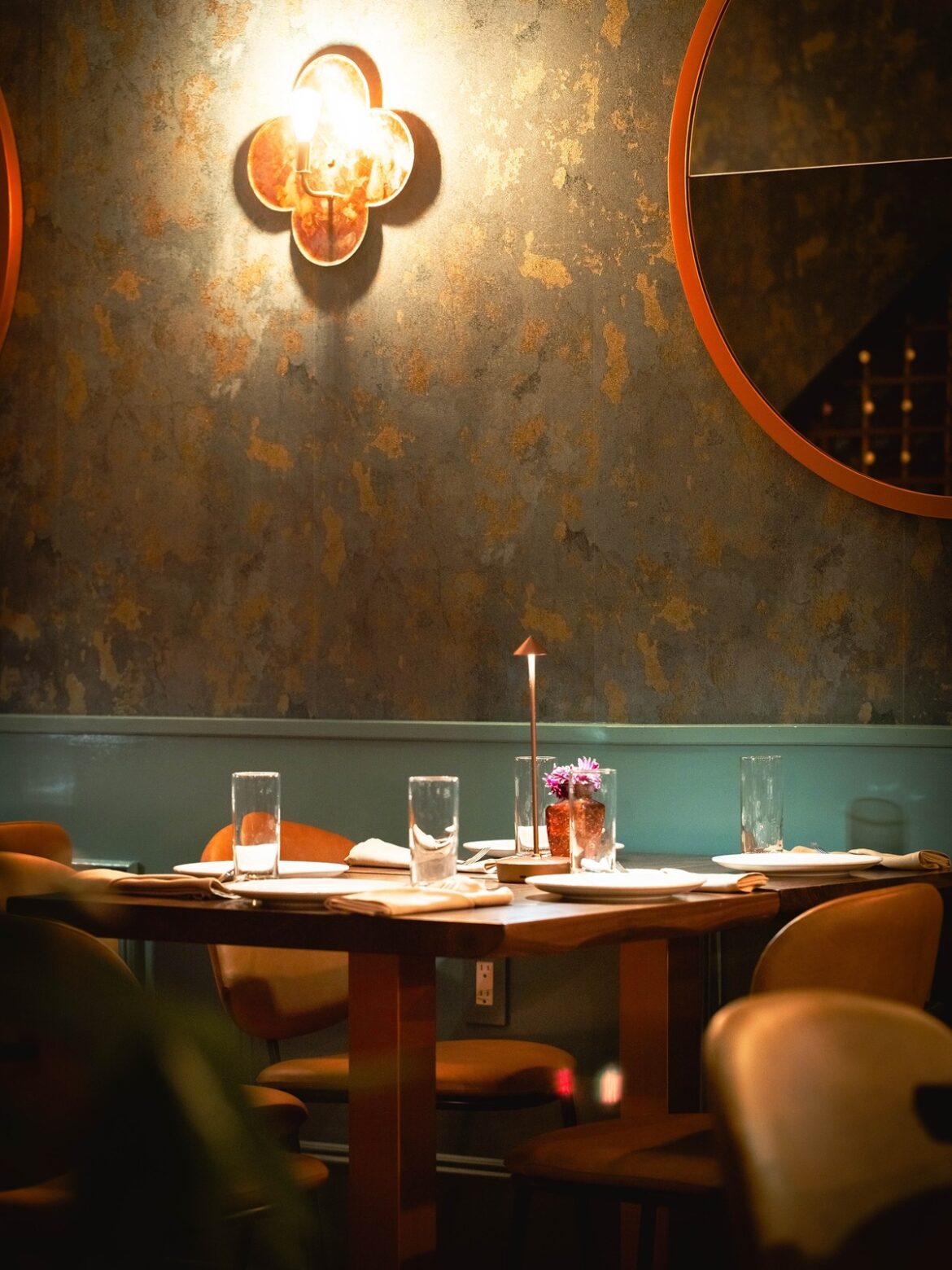San Babila, located at 1355 2nd Avenue in New York City’s Upper East Side, has quickly become a destination for authentic Italian cuisine with a modern twist. Opened just five months ago, the restaurant is the latest venture from hospitality veteran Gianmarco Di Michele, who has spent decades building and expanding successful restaurants in New York City and beyond. Known for its all-day concept, vibrant atmosphere, and carefully curated menu, San Babila combines traditional Italian flavors with a neighborhood-focused hospitality ethos.
“My path in hospitality began long before San Babila,” Di Michele tells What Now in an exclusive interview. “I grew up in this industry, helping to open and manage several family-owned restaurants throughout Manhattan, from the Upper East Side to the East and West Villages. I later helped expand our family’s flagship, Numero 28, from New York and Texas to South Beach’s iconic Española Way, where it thrived for more than a decade. Those experiences laid the groundwork for my own ventures: Zeppola Bakery in Midtown Manhattan, Zeppola Café inside The Venetian Resort in Las Vegas, and a series of fast-casual concepts, including Pan d’Oro in Bryant Park and Papi Pasta & Pizza at the Moxy Hotel. Hospitality has always been my world, and building new concepts within it remains my greatest motivation.”
For San Babila, Di Michele wanted to craft an all-day dining experience that could shift seamlessly from breakfast to lunch to dinner. “I wanted a place that could stay active for twelve hours a day, with each moment offering a distinct atmosphere and identity, yet all tied together by one cohesive vision,” he explains. The menu, inspired by Southern Italian cuisine, features fresh pastas like Risotto alla Milanese and Spaghetti San Babila, decadent seafood dishes like Filetto di Branzino, and truffle-infused starters. The kitchen is led by Chef Francesco Lamanna, whose 20-plus years of experience and Calabrian roots ensure that each dish is rooted in tradition while embracing modern touches.
The Upper East Side was a natural choice for the restaurant. “We chose the neighborhood simply because it is one of my favorites in New York,” Di Michele says. “I sensed a real need for a place like San Babila, something with warmth, energy, and identity, which the area didn’t yet have. The neighborhood is evolving with new developments and a renewed vibrancy. UES residents are every bit as lively as their downtown counterparts, and I felt they deserved a destination in their own neighborhood where they could enjoy a glass of wine, an aperitivo, and a sense of community without having to travel elsewhere.”
Opening the restaurant was not without its challenges. The space previously operated as a wine and liquor store, and the build-out proved more complicated than expected. “Even with experience, we encountered significant delays, including issues with the gas line that continually pushed back our opening date,” Di Michele recalls. “It was a challenging process from start to finish, but in the end, we made it through.”
For Di Michele, the most significant challenge has been ensuring the concept resonates with the neighborhood. “After opening five establishments in the last three years, I can say that one of the greatest challenges is determining whether the concept you envision will truly resonate in the location you choose,” he explains. “You may see it clearly in your mind, but ensuring it can express its full potential in that specific neighborhood is another story. Construction is another major hurdle, slow, unpredictable, and often filled with obstacles. This was likely the last time I built a restaurant entirely from the ground up; the experience is far from enjoyable.”
Despite the obstacles, the rewards have been profound. “In this industry, you rarely do it for the money,” Di Michele says. “Anyone involved knows the stress, workload, and pressure of competing with massive corporations. What keeps me going is the passion. The most rewarding part is seeing guests experience the restaurant exactly as I imagined it, not just the food, but the feeling, the energy, the moment. Cooking something good is achievable, but delivering an atmosphere and a sense of hospitality that truly moves people is infinitely harder. When the room is full, the mood is right, and I see guests enjoying themselves because of something we created, that is where the real reward lives.”
San Babila is already planning for growth. “We are exploring a second New York City location,” Di Michele says. “There are several neighborhoods where I believe San Babila would be warmly embraced. Once we are established with two locations in NYC, we may look toward other cities as well.”
From hand-crafted pasta and indulgent seafood to a welcoming environment and a neighborhood-focused ethos, San Babila embodies Gianmarco Di Michele’s vision of Italian hospitality. “It’s about more than just a meal,” he says. “It’s about creating a space where people feel welcomed and comfortable, a place they can return to time and time again.”



Dining and Cooking